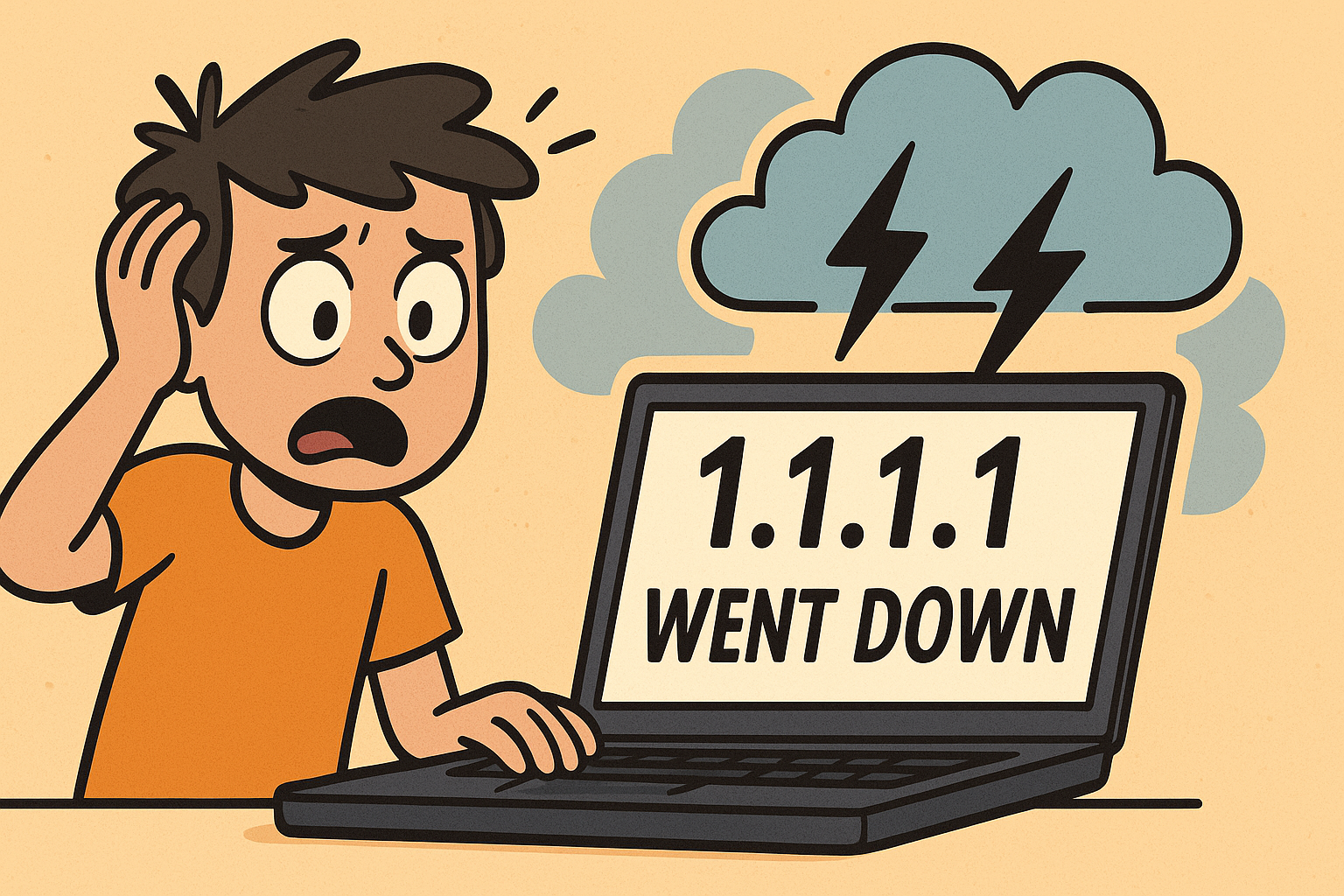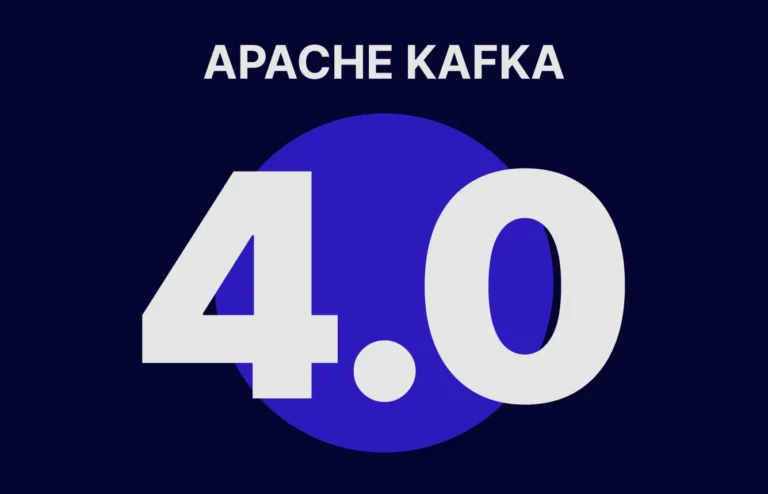Git 3.0 Is Coming: Is Rust Becoming a Must-Have?

Hey there! Git, the version control system that most of us can’t imagine working without, might be making a monumental shift. You see, a new proposal is stirring the pot, suggesting that Rust could become a mandatory dependency for Git…






